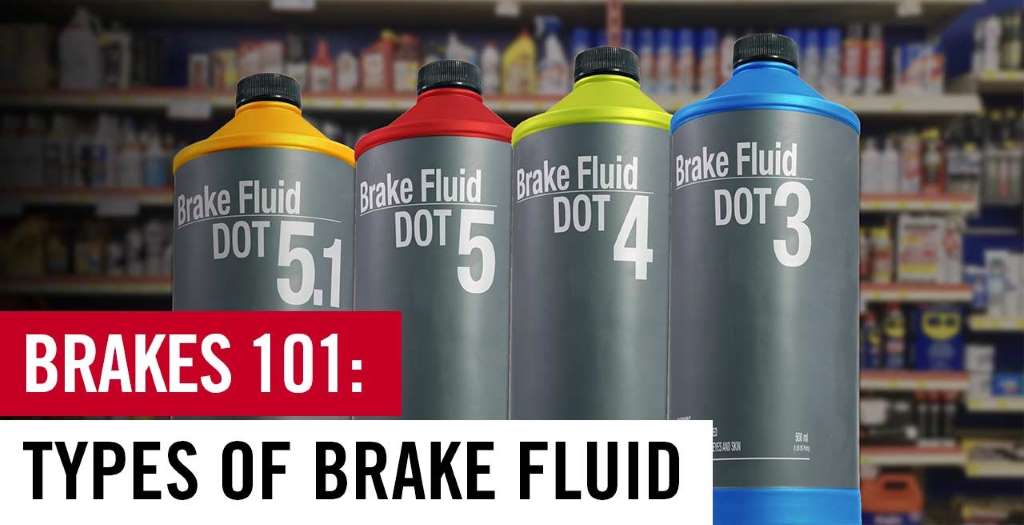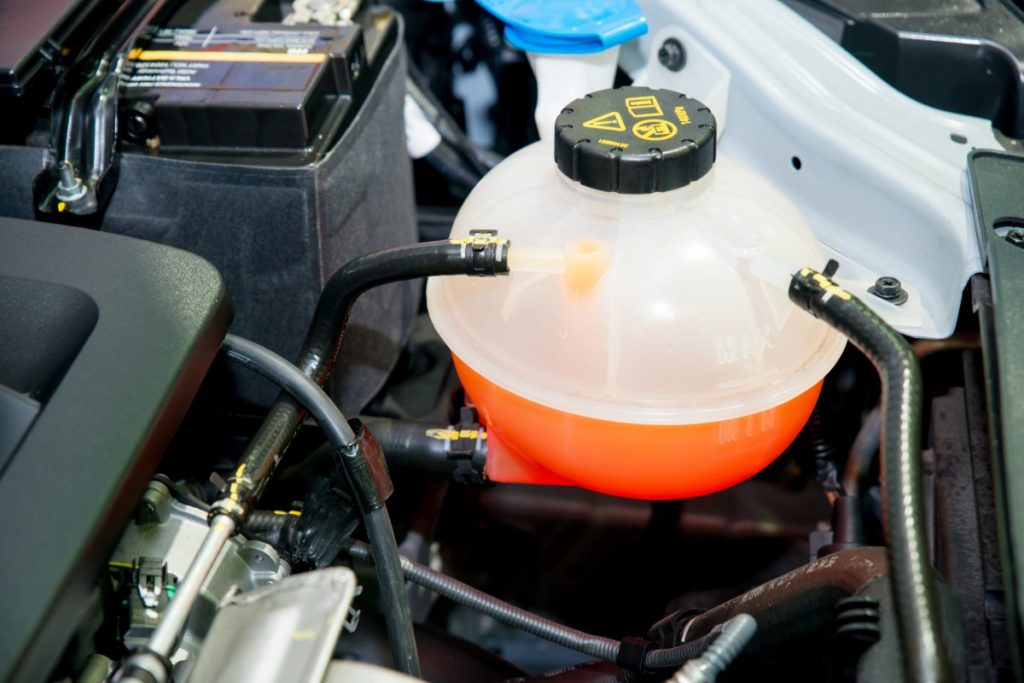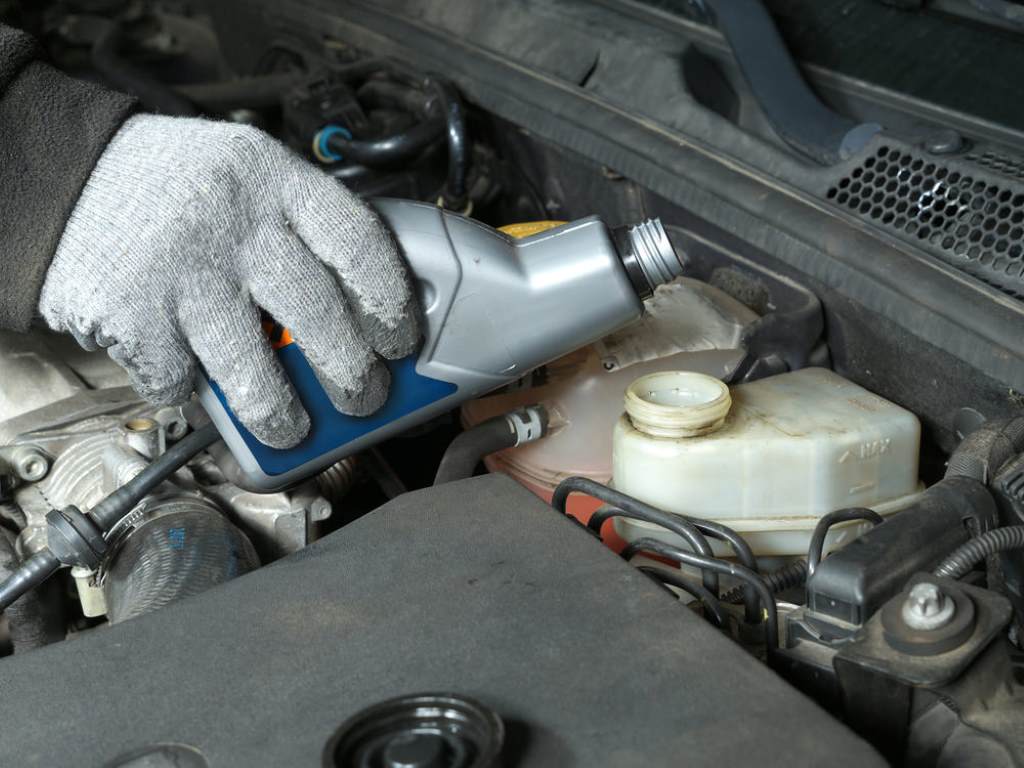Several aspects of brake fluid understanding will help you know what to do and not to do when you repair your car yourself. Read on for a general overview of how car brake fluid works and the average brake fluid change cost.
Contents
Opening
This article is intended to provide you with an understanding of what you need to do to ensure your car’s brake fluid is in good condition and will allow your vehicle to be safe when the brakes are applied, and also provide knowledge that tells you how brake fluid works. Several aspects of brake fluid understanding will help you know what to do and not to do when you repair your car yourself.
No generic article like this is instructive enough to work safely on your vehicle. Before venturing out on your own, make sure you consult the appropriate documentation specific to your vehicle or a professional. Read on for a general overview of how car brake fluid works and the average brake fluid change cost.
Brake Fluid Change Cost
Since this is such an important safety system, car owners often wonder what they can do to make the brakes work as well as possible. We’re used to seeing “premium” fluids go in our cars; fancy synthetic oils and special additives.
In general, braking is not fancy. For most people, a regular clean fluid change is all you need. For those driving their cars on the track or in other serious situations where the brakes are extremely difficult to apply, some specialized automotive brake fluids will be better. But for casual drivers, these are overkill.
Remember, you’ll want to use what’s recommended in your owner’s manual. Mixing brake fluid is generally a bad idea!
Depending on the brake fluid type and its quality, you will have to pay a different price. Below are the characteristics of a few popular brake fluids on the market and their average price tags.
DOT 3
- The dry boiling point is 205 degrees, wet boiling point is 140 degrees
- Good boiling ability in dry and wet conditions
- Colorless or amber color
- No thickening at low temperatures
- Parts phenomenon rubber does not swell much, reducing oil leakage
- Can be mixed with DOT 4 and DOT 5.1 oils because of the same Glycol composition
- However, strong air desiccant should be changed more often because the oil is quickly degraded.
In terms of price, this oil is quite cheap and easy to buy. If you only buy DOT 3 oil to change at home without the need for a professional, you can pay as little as 10 dollars for a bottle or 1 liter. However, no matter what, we do not recommend doing it yourself if you do not understand and know how to change the fluid effectively.

DOT 4
- The dry boiling point is 230 degrees C, and the wet boiling point is 155 degrees C
- Good boiling ability in dry conditions, worse in wet conditions
- Colorless or amber
- The boiling point will drop sharply when wet
- Can be mixed with DOT 5.1 and DOT 3 fluid.
- The DOT4 brake oil change cost can range from $7 to $12/bottle/1 per liter.
DOT 5
- The dry boiling point is 260 degrees C, and the wet boiling point is 180 degrees C
- Good boiling ability
- Purple
- Not hygroscopic
- Stable viscosity under extreme conditions
- Oil expands significantly when mixed with impurities
- Not suitable for use on brakes that have been used with DOT 3, DOT 4, and DOT 5.1 fluid or in combination with them.
- Not suitable for use in anti-lock braking systems because of its high viscosity
- The DOT 5 brake fluid replacement cost ranges from $12 to $22 / per 1-liter bottle.
DOT 5.1
- Dry and wet boiling point higher than DOT 5
- Cannot be mixed with DOT 5 because DOT 5 is Glycol-phobic
- High hygroscopicity
- Since this is the most refined and premium brake fluid, its price can range from $15 to $20 / 1 bottle / 1 liter.
Overall, if you can change the brake fluid yourself, you might not have to spend too much on a project. But in reality, for most drivers, the amount they have to spend on a brake fluid or a brake fluid flush cost will be around $70 and can go up to $150.
>> Related: How Much Brake Fluid Do I Need For A Flush?
After being clear about the brake fluid change price, if you are interested, let’s learn more about how it works and a few notes with car brake fluid right below.
When To Change Car Brake Fluid?
According to the manufacturer’s recommendations, car brake fluid should be replaced after 30,000 – 40,000 km (equivalent to about 3 years of use).
However, the time to change car brake fluid depends on two factors:
Vehicles
For popular cars such as Honda, Toyota, and Mazda, the time to change the brake fluid is fixed for 3 years regardless of the mileage. Or with more luxurious cars like Mercedes-Benz, Audi, and BMW, the time to change the brake fluid is after about 2 years of use, equivalent to the number of kilometers running from 30,000 – 40,000.
Current driving environment and oil quality
Just like engine oils, gear oils, brake fluids, etc., are also lost and can become contaminated over time, especially in polluted, wet, and dusty moving environments.
Some of the factors that affect the quality of brake fluid can be mentioned as follows:
- Moisture-wicking properties. On average, after a year of operation, car brake fluid is often contaminated with 2% water, this level can increase to 8% after 3 years.
- The brake fluid is contaminated with water due to water contamination when opening the test cover or using it. At that time, the brake fluid will boil more easily, and the brake pressure will decrease and may cause rust to the parts in the brake system.
- The details in the brake system when working together produce soot, making the brake fluid dirty.
Therefore, depending on the vehicle model and the vehicle’s driving environment, the time it takes to change the brake fluid will be earlier or longer than the average period of 30,000 – 40,000 km.
How To Check The Car Brake Fluid?
Locate the brake fluid tank
Automotive brake fluid is stored in a small white tank located in the engine compartment. The brake fluid cap is printed with the word Brake Fluid or a yellow brake symbol stamp. In case the location is not found or due to other vehicle designs, please use the vehicle manual to find the exact location of the car brake fluid box more easily.
Car brake fluid tanks are usually made of white plastic. On the body of the tank, there are 2 lines printed: Fill to, Full or Maximum – corresponding to the maximum oil level; and Add or Minimum – corresponding to the lowest. Because the oil tank shell is clear, it can be seen from the outside.
Warning signs and oil color condition
Some warning signs and identification of oil color is new, usable, or dirty and needs replacement:
- The warning light is on on the car meter. When the oil is almost out or is exhausted due to a leak for some reason, the indicator light on the dashboard will light up.
- Brake fluid sensor. Currently, in most new cars, there are brake fluid sensors. Based on the brake fluid sensor, you will know where the current oil level is in the tank, and whether it needs to be changed or not.
- The color of the brake fluid is too dark, dark brown is a phenomenon that the brake fluid is too old, contaminated, and heavily degraded. At that time, it is necessary to change the oil completely to ensure the effective operation of the brake fluid, as well as the brake system. If the brake fluid color is still clear and has a light yellow color, it means that the oil is still new, clean, and still in good use.
Note that it is necessary to limit the opening of the brake fluid tank cap to avoid the humid outside air that can contaminate the oil with water, reduce the quality of the oil and cause the brake system components to rust.

FAQs On Brake Fluid Replacement
Can you change the brake fluid yourself?
Entirely possible! In general, you do not need special tools. But you do need some experience working on cars. Moreover, you should read specialized instructions from your car-specific repair manual. Be sure to pay attention to brake fluid type and brake bleed procedure. The way to do it is not difficult but it needs to be done properly to be safe.
Can you mix different brake fluids?
You can not mix different brake fluids. Use what is recommended. Change it at recommended intervals to prevent any problems.
DOT 3, DOT 4, and DOT 5.1 are technically compatible. If your brake holder is dangerously low, possibly jammed, one can be substituted for the other. Don’t drive it that way for long, you may have a brake fluid leak. Head to a professional to flush and recharge the system to have fresh, clean, correct fluid.
Furthermore, DOT 5 brake fluid must not be mixed with any other because it is based on silicon, not glycol-ether. If you have a car that requires DOT 5, do not put anything else in. It can damage your brake system. It is possible to convert your car to use DOT 5, but let a professional do it for the best outcome.



